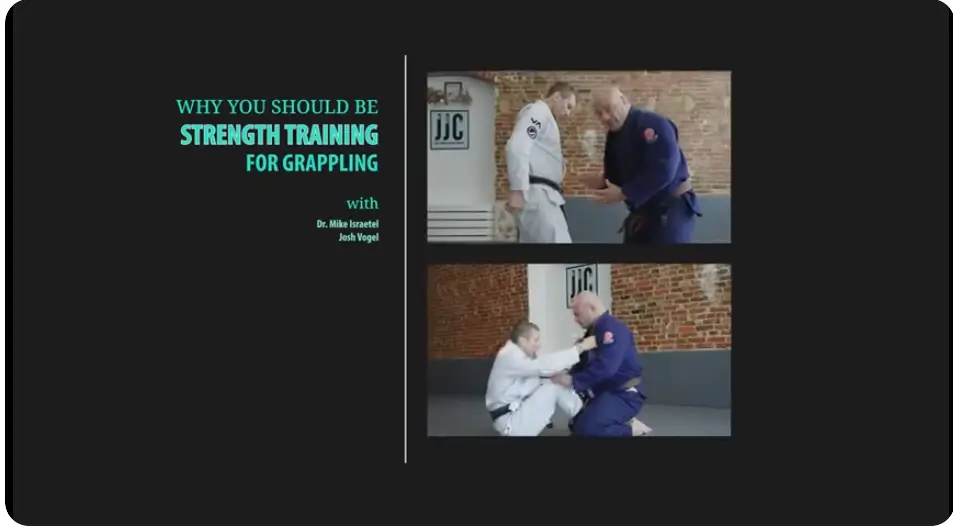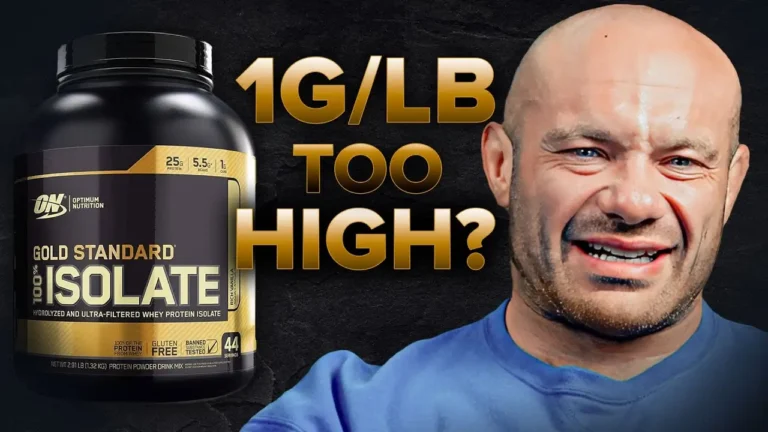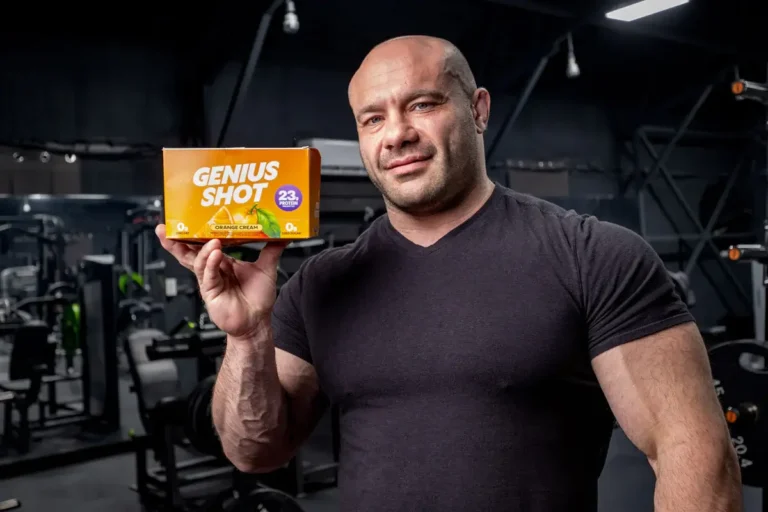What Is The Best Form of Strength Training For BJJ?
Brazilian jiu-jitsu (AKA BJJ) is all about technique, leverage, and timing… but let’s be honest! When two equally skilled athletes face off, the stronger one often comes out on top. Strength may not replace technique, but it certainly complements it. That’s why strength training is an essential piece of the puzzle for anyone looking to elevate their BJJ game.
Before we dive into different types of strength training, let’s talk about why it’s so important.
Table of Contents
Injury Prevention and Physical Resilience
BJJ puts serious demands on your body. Just ask anyone that trains. From explosive transitions to intense joint locks and scrambles, it’s easy to push your muscles and joints to their limits.
Without a strong foundation, you’re at a higher risk for overuse injuries and muscle imbalances. That’s where strength training comes in. A well-rounded program not only builds stronger muscles but also reinforces tendons and ligaments, helping your body better absorb the physical stress that comes with regular rolling.
Boosting Endurance and Recovery
BJJ matches can range from short scrambles to marathon-like battles lasting 10 minutes or more. And it’s not just steady effort—it’s repeated bursts of high-intensity movement.
A stronger, more conditioned body recovers faster between those bursts and holds up better through prolonged exertion. Imagine being able to roll for longer without gassing out or needing a break to shake out burning muscles. That kind of endurance can be a game-changer.
Designing Strength Training Around Your Game
Your strength training should reflect your style of play. Are you a guard player, or do you prefer a pressure-heavy, top-game approach? Tailoring your workouts to your strategy can make your physical training much more effective.
For Guard Players
If you’re playing guard often, you’ll benefit from strengthening your core and legs. A strong core helps you maintain position and defend against passing attempts, while powerful legs give you more control during sweeps and submissions. Exercises like:
- Hanging leg raises
- Cable woodchoppers
- Bulgarian split squats
- Glute bridges
These all help build the kind of strength that translates directly to guard retention and attacks (Yeah! effective)
For Pressure Passers and Aggressive Styles
If you prefer to stay on top and keep the pressure on, focus on building upper-body strength and explosive power. Strong arms, shoulders, and back muscles will help you control your opponent, maintain dominant positions, and finish submissions more effectively.
Think compound lifts like:
- Bench presses
- Bent-over rows
- Weighted pull-ups
Since pressure-heavy fighters often rely on takedowns. Think driving double-legs. You’ll also want to train explosiveness in your lower body. Quads, hamstrings, and glutes become your power engines. Incorporate exercises like:
- Back squats
- Romanian deadlifts
- Walking lunges
- Banded resistance sprints (to mimic the explosive drive of a takedown)
Training the Body as a Whole
Remember, BJJ isn’t just about the upper or lower body. It’s a full-body discipline. Functional training tools like kettlebells can bridge the gap between strength and movement. Exercises like Turkish get-ups (one of my favs!) and kettlebell swings mimic the motions of grappling and build stability, coordination, and strength across multiple muscle groups.
Not only do these movements make you a more efficient grappler, but they also reduce injury risk by reinforcing movement patterns you use every time you train.
Does Gi vs No-Gi Change Training?
Gi and no-gi training differ in the use of a traditional martial arts uniform, also known as a gi. While training in the BJJ gi involves grabbing and controlling the fabric of the opponent’s gi, no-gi training removes this aspect and focuses more on grip strength and body positioning. They have similar needs when it comes to overall strength, but the grips are different.
Improving Strength for Gi Training
To excel in gi training, athletes need to develop strong grip strength and endurance. This is because the fabric of the gi provides additional leverage for both offensive and defensive techniques. To build a strong foundation for gi training, it’s important to incorporate exercises that target grip strength such as dead hangs, farmer’s walks, and towel pull-ups.
Gi can sometimes be a bit slower paced, so slow repetitions and isometric holds can be a great addition to your training routine. Isometric holds involve holding a position without movement, which forces the muscles to work harder and build strength. Exercises such as gi pull-ups and gi hangs are great ways to incorporate isometric holds into your training.
Posture is essential for BJJ. Opponents often try and break your posture to gain an advantage, so having a strong and stable core is crucial. Core exercises such as planks, side planks, and Russian twists can help build a strong foundation for your body. Think about your kinetic chain and how each muscle group works together to maintain proper posture during a BJJ match.
Improving Strength For No-Gi BJJ
If you’re a practitioner that prefers no-gi BJJ, there are also specific exercises that can help improve your strength and performance on the mats. No-gi training involves grappling without the traditional gi uniform, which means less gripping and more slippery movements. In order to excel in this type of training, it’s important to focus on explosive power and core stability.
It’s widely accepted that no-gi is slightly faster paced so when it comes to strength training, explosive movements are key. This means incorporating exercises such as kettlebell swings, box jumps, and medicine ball slams into your routine. These explosive movements will help you generate power from your hips and improve your overall agility on the mats.
In addition to explosive movements, core stability is crucial in no-gi BJJ. Without the grips of a gi, maintaining control and balance becomes even more challenging. Incorporating exercises like planks, Russian twists, and hanging leg raises can help strengthen your core and improve your overall balance and coordination on the mats.
Compound Exercises Still Have a Role In BJJ Strength Training
This study Maximal Strength Training Improves Strength Performance in Grapplers’ Cites explains, “The present findings indicate the magnitude of physiological change a grappler can expect in a short time span using near-maximal training loads and linear progression.”
With that in mind, it’s important to not neglect compound exercises in your strength training regimen. As proven that maximum strength training does improve strength performance, it’s also essential to incorporate compound exercises such as deadlifts, squats, and bench presses in your routine. These exercises target multiple muscle groups at once, allowing for better overall strength development and functional movement patterns.
Safely pushing maximum strength also requires proper warm-up and cool-down routines to prevent injury. This includes a combination of dynamic stretches, activation exercises, and foam rolling before your workout, and static stretching afterwards. So, hitting that one-rep max will require a well-rounded approach to training and recovery but it’s worth considering as part of a comprehensive strength program.
Final Thoughts
Although Josh Vogel gave Dr. Mike his Brazilian Jiu-Jitsu black belt, he believes that strength training is still essential on top of mastery of the techniques within a martial art. It not only helps prevent injuries, but also improves overall performance in the sport.
By incorporating strength training into your routine, you can take your martial arts practice to the next level and enjoy its benefits both on and off the mat. Remember to always listen to your body and consult with a professional before starting any new fitness regimen. With dedication and consistency, you too can experience the incredible impact that strength training can have on your martial arts journey.

Ibrahim Khan is a writer for drmikeisraetel.com. He shares simple and basic articles. His content is not very detailed or perfect, but it still gives helpful information to readers.







